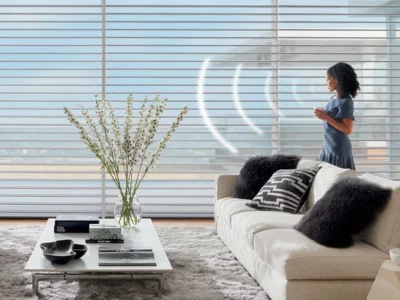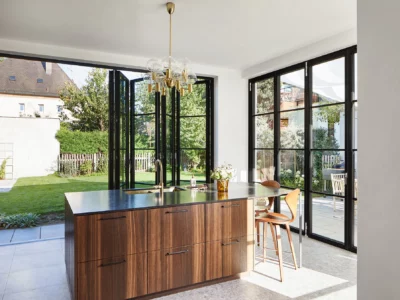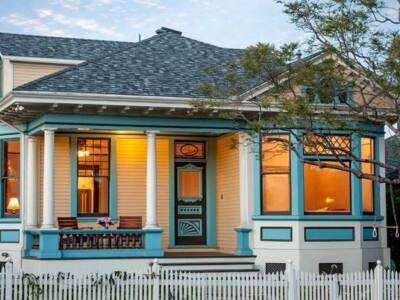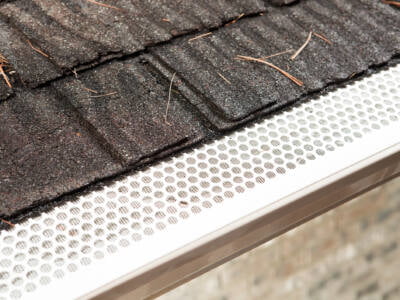If you’re considering skylight installation for your home or commercial building, there are some useful things you need to know before starting. How clued up are you?
Installing skylights and even roof lanterns makes a lot of sense when you’re looking to take advantage of natural lighting. They’re also perfect for indoor spaces that don’t have enough windows for letting in daylight. But, what else should you know about skylights before taking the final step of installing one? Read on to find out so you can take full advantage of this feature which has much more pros than cons!
6 Things You Need to Know Before Doing Skylight Installation
1. Find a Design to Match Your Home Style
Skylight designs have come a long way since they first entered the market as a way of brightening up dark indoor spaces. Innovative designs mean you can select one that matches your home style, enhancing the aesthetics of your residence.
You can select either round or square fixtures. And, you can pick from a range of decorative features turning your skylight into an attractive ceiling add on. With so many different decorative styles available, it’ll be easy to find one to match your home style and interior décor.
2. Get the Right Size
One of the main reasons homeowners are installing skylights is to brighten up a dark room with natural lighting. However, if you don’t get the right size for the room space, you’ll be disappointed with the brightness level. To ensure you get the best size for a room, consider the sunlight efficiency of the skylight.
Consider the following:
- Small skylights with 14 to 19 square meter light coverage area are good for smaller rooms such as hallways, bathrooms, tiny kitchens, laundries, and even walk-in closets.
- Bigger skylights with 23 to 28 square meters of light coverage area are ideal for larger rooms such as dining rooms, family rooms, and bedrooms.
- Rooms with lighter furnishing and colour can benefit from small skylights as the light is reflected off and casted around the room.
3. Pick the Right System
Skylights are designed to cater for different lighting needs. You can find systems that can be adjusted throughout the day to manage the amount of daylight you let into your room. And, there are systems that give you ample lighting during the day while converting to a gentle glow during the night. This system is ideal for those rooms such as the hallway where you want some lighting available at nighttime and is powered thanks to solar energy. This means sunlight is harnessed throughout the day for nighttime use.
4. Pricing Determines Light Performance
Different skylight designs and features are available at various prices. This means you can find the best one for your budget
- If you do decide to go with the cheapest style which normally costs between $150 and $450, expect a lower light performance.
- Mid-range skylights can cost you anything between $450 and $850 to install. This type of skylight has higher light performance during the summer months while lower lighting is common in the colder seasons.
- Some of the highest performing skylights use advanced technology to give you maximum lighting all year round, no matter the amount of sunlight or season. These can cost you anything between $850 and $1,400 to install.
5. Pick a System Designed to Limit UV Radiation and Heat Gain
When speaking to skylight installers, find out if their products eliminate the risk of harmful UV radiation.
Some systems take advantage of technology designed to prevent UV radiation while reducing heat from infrared (IR) wavelengths. This type of skylight is constructed with domes that inhibit UV rays from entering the indoor space. Tubing designs allow for minimal heat gain with a decrease in IR wavelengths.
With a reduction in thermal input, you’re also able to reduce the strain on air conditioning units in these rooms.
6. Be Diligent With Roof Maintenance
To protect your skylight investment and ensure it works optimally, all the time, you need to be diligent about roof maintenance. This means inspecting it regularly to ensure there’s no build-up of leaves or other debris that may hamper the dome from harnessing the sunlight. Make sure fallen snow doesn’t dam up and freeze around the area of the skylight.
Look out for leaks in the home where skylights have been installed. If there are signs of leakage, inspect the roof to ensure the skylight hasn’t been damaged. Self-flashing features are useful in skylights as they prevent water from entering the roof where a skylight has been installed.
Final Thoughts
Before installing a skylight in your home, do your homework. Getting the right size is key for optimal light performance and brightness. Picking the right system also means you’ll be satisfied with the end results, especially if there’s a reduction in heat gain! Skylights can also be used to complement your existing home style and interior design, so pick one with decorative features you prefer.
By factoring in all the useful things you need to know before installing a skylight, you’ll get the most out of this option. Make the most of natural lighting in your home.










Comments